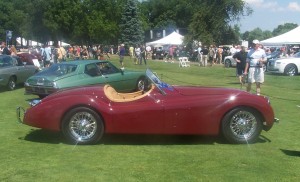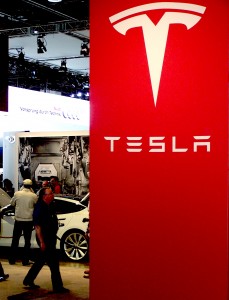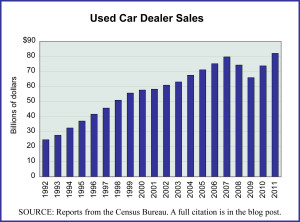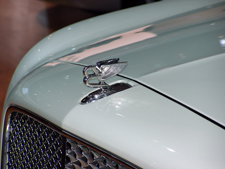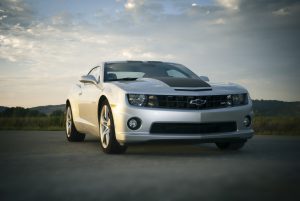 General Motors’ announcement of the 2019 closing of assembly plants in North America created uncertainty for 14,000 families in Michigan, Ohio, Maryland and Oshawa, Ontario, Canada. These 14,000, both blue-collar and white-collar workers alike, are direct employees of General Motors. But sadness and uncertainty reverberated throughout many industries. According to the Center for Automotive Research, in the United States, more than 7 million private sector jobs are supported by the auto industry. Steel mills, logistics companies, grocery stores, restaurants, gas stations, and child care centers are just some of the businesses negatively impacted by plant shutdowns and layoffs,1 as automotive companies buy fewer supplies and services and workers cut back on expenses. Businesses in close proximity to auto plants, those that rely on workers spending money in their stores and restaurants, are more heavily impacted than some when plants close.
General Motors’ announcement of the 2019 closing of assembly plants in North America created uncertainty for 14,000 families in Michigan, Ohio, Maryland and Oshawa, Ontario, Canada. These 14,000, both blue-collar and white-collar workers alike, are direct employees of General Motors. But sadness and uncertainty reverberated throughout many industries. According to the Center for Automotive Research, in the United States, more than 7 million private sector jobs are supported by the auto industry. Steel mills, logistics companies, grocery stores, restaurants, gas stations, and child care centers are just some of the businesses negatively impacted by plant shutdowns and layoffs,1 as automotive companies buy fewer supplies and services and workers cut back on expenses. Businesses in close proximity to auto plants, those that rely on workers spending money in their stores and restaurants, are more heavily impacted than some when plants close.
Today’s market size shows the amount of annual compensation of employees working in industries supported by the auto industry in the United States. In 2014, the last year for which data are available, 570,000 jobs were supported by the auto industry in Michigan, where auto industry employment accounts for more than 11% of the labor force.
1 According to General Motors, some of the workers that will be laid off at General Motors’ plants will be offered jobs at other manufacturing facilities either in Michigan or in another state.
Geographic reference: United States
Year: 2018
Market size: $500 billion
Sources: Eric D. Lawrence, “Pain of GM Closures Is Far-Reaching,” Lansing State Journal, December 3, 2018, page 6A; Jamie L. LaReau, “General Motors to Close Detroit, Ohio, Canada Plants,” Detroit Free Press, November 26, 2018 available online here.
Original source: Center for Automotive Research
Image source: AnSICHThoch3, “auto-chevrolet-camaro-road-1112183,” Pixabay, January 2, 2016 available online here. Use of image does not constitute endorsement.

